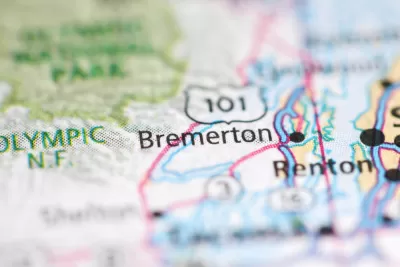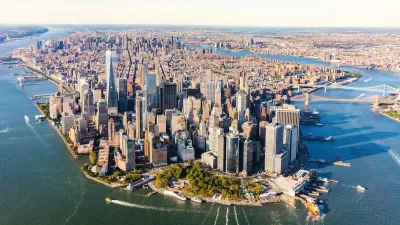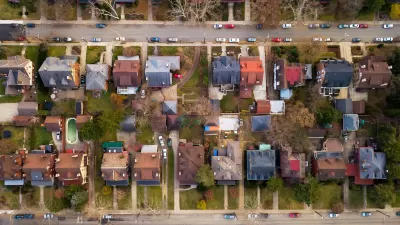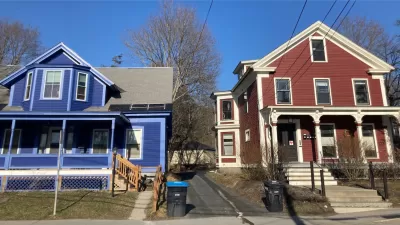A city of about 40,000 residents across the Puget Sound from Seattle has relaxed zoning regulations to entice more homeowners to build accessory dwelling units.

The city of Bremerton in the state of Washington recently eased regulations for the development of Accessory Dwelling Units to increase housing production and affordability, reports Doug Trumm.
"Existing rules allowed backyard cottages or attached ADUs to be up to 60% of the size of the primary residence," writes Trumm. "New rules allow ADUs up to 1,000 square feet in size or 60% of primary residence, whichever is larger. That means smaller lots can still support a reasonably sized ADU. Production was anemic under previous rules."
Christon Volser provided coverage of the city's new ADU laws at the time of the City Council approval in December 2020.
"Wednesday’s ordinance removed parts of city code that required residents to provide a parking space when building an ADU and simplified many of the design standards meant to ensure ADUs matched the surrounding neighborhood," writes Volsar. "The new rules also increase the maximum size of an ADU and waived a requirement that forced owners to live on-site year-round."
Trumm includes a soundbite from Bremerton Mayor Greg Wheeler, a "big backer" of the legislation, making the case for ADUs as a tool for housing affordability.
"We are faced with a shortage of residences in our City, and we can’t wait years for new homes and apartments to come online to address the growing demand. Even during the pandemic, we must respond to address this crisis. ADUs are one part of the solution that we can use to scale up now and make housing more available across Bremerton," said Wheeler in a statement.
As noted by Volser, the new law stopped short of implementing the staff recommendation to allow a second ADU per residential lot.
FULL STORY: Bremerton Eases Backyard Cottage Restrictions

Study: Maui’s Plan to Convert Vacation Rentals to Long-Term Housing Could Cause Nearly $1 Billion Economic Loss
The plan would reduce visitor accommodation by 25,% resulting in 1,900 jobs lost.

North Texas Transit Leaders Tout Benefits of TOD for Growing Region
At a summit focused on transit-oriented development, policymakers discussed how North Texas’ expanded light rail system can serve as a tool for economic growth.

Using Old Oil and Gas Wells for Green Energy Storage
Penn State researchers have found that repurposing abandoned oil and gas wells for geothermal-assisted compressed-air energy storage can boost efficiency, reduce environmental risks, and support clean energy and job transitions.

Private Donations Propel Early Restoration of Palisades Playground
Los Angeles has secured over $1.3 million in private funding to restore the Pacific Palisades playground months ahead of schedule, creating a modern, accessible space that supports community healing after recent wildfires.

From Blight to Benefit: Early Results From California’s Equitable Cleanup Program
The Equitable Community Revitalization Grant (ECRG) program is reshaping brownfield redevelopment by prioritizing projects in low-income and environmental justice communities, emphasizing equity, transparency, and community benefits.

Planting Relief: Tackling Las Vegas Heat One Tree at a Time
Nevada Plants, a Las Vegas-based nonprofit, is combating the city’s extreme urban heat by giving away trees to residents in underserved neighborhoods, promoting shade, sustainability, and community health.
Urban Design for Planners 1: Software Tools
This six-course series explores essential urban design concepts using open source software and equips planners with the tools they need to participate fully in the urban design process.
Planning for Universal Design
Learn the tools for implementing Universal Design in planning regulations.
Ascent Environmental
Borough of Carlisle
Institute for Housing and Urban Development Studies (IHS)
City of Grandview
Harvard GSD Executive Education
Toledo-Lucas County Plan Commissions
Salt Lake City
NYU Wagner Graduate School of Public Service





























